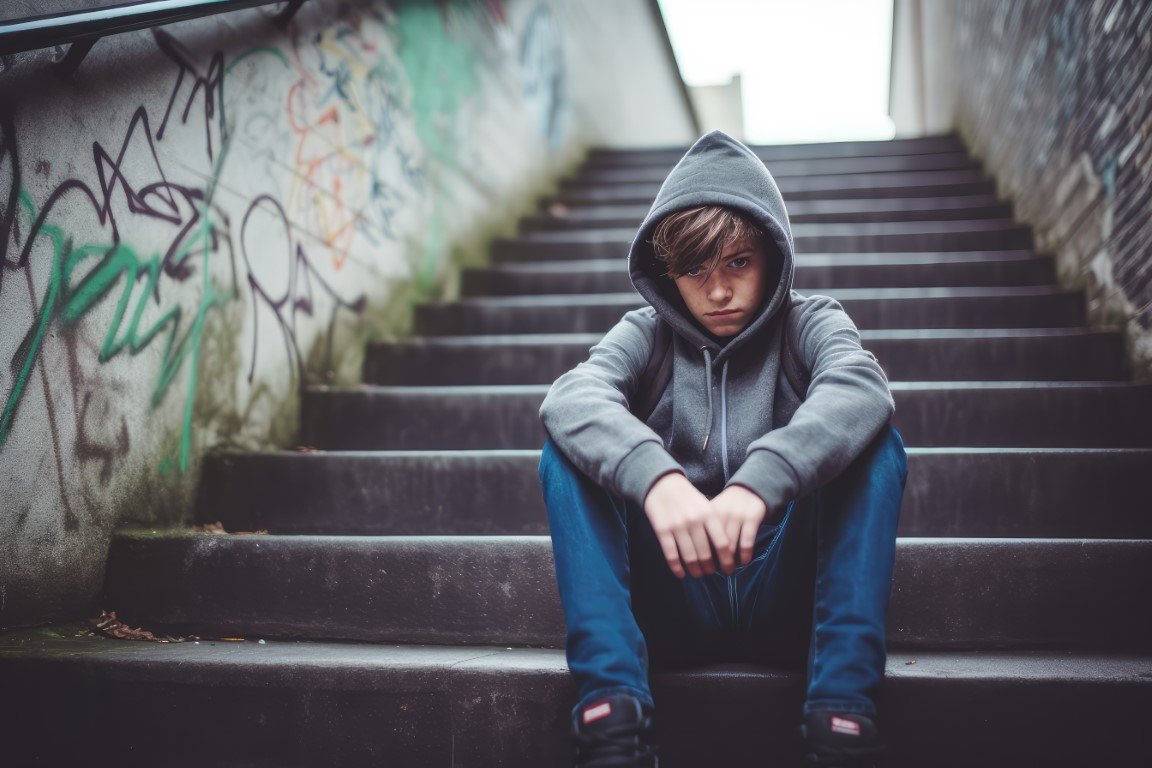
A short guide to Social Anxiety Disorder in Children
Introduction:
Parenting a child with additional needs can present unique challenges, and one such challenge is navigating social anxiety disorder (SAD). Understanding what SAD looks like, feels like, and how it impacts children in various settings is crucial for providing effective support. In this blog, I’ll explore the intricacies of this disorder, its effects on children in school and practical strategies for helping them cope, including the therapeutic benefits of journaling and art.
What is it?
Social anxiety disorder, also known as social phobia, is more than just shyness or nervousness in social situations. It’s a persistent fear of social or performance situations where embarrassment or scrutiny may occur. Children with SAD often experience intense anxiety about being judged, criticized, or rejected by their peers, leading to avoidance of social interactions.
What Does it Look Like and Feel Like?
Children with SAD may exhibit various behavioural and emotional symptoms, including:
- Avoidance of social situations or extreme discomfort when participating in them.
- Excessive worry about embarrassing themselves or being negatively evaluated.
- Physical symptoms such as sweating, trembling, rapid heartbeat, nausea, or even panic attacks in severe cases.
- Difficulty making eye contact or speaking in social settings.
- Fear of speaking or performing in front of others.
For children, these feelings can be overwhelming and distressing, impacting their self-esteem, academic performance, and overall well-being.
Effects on Children in School:
School can be a significant source of stress for children with SAD. They may struggle to participate in class discussions, make friends, or even attend school regularly. Fear of being called on by the teacher, eating lunch alone, or being teased by classmates can lead to increased school avoidance and academic underachievement. Left unaddressed, social anxiety disorder can have long-term consequences on a child’s educational and social development.
How Can We Help Our Children?
Supporting children with SAD requires a combination of understanding, patience, and targeted interventions. Here are some practical strategies for helping them cope:
Validate their feelings: Let your child know that it’s okay to feel anxious and that you’re there to support them without judgment.
Gradual exposure: Encourage gradual exposure to feared social situations, starting with small steps and gradually increasing exposure over time. (Never force your child, only if they are willing and trying to overcome something themselves).
Teach coping skills: Teach your child relaxation techniques such as deep breathing, mindfulness, or visualisation to reduce and control anxiety symptoms.
Foster social skills: Role-play social situations at home, provide opportunities for social interaction with supportive peers, and praise their efforts. It gives a chance to practice what it would feel like speaking out loud in different situations.
Seek professional help: Consult a mental health professional specialising in anxiety disorders for assessment and personalised treatment recommendations if you feel that this is making a huge detrimental impact on your child’s and families’ lives.
Using Free Journaling and Therapeutic Art: Journaling and art can be powerful tools for children with SAD to express their thoughts and emotions in a safe and creative way. Here’s how you can incorporate these techniques:
Free journaling: Encourage your child to write freely about their feelings, fears, and experiences related to social anxiety. Writing can provide a sense of relief and clarity, helping them process their emotions. Don’t overthink it, just get a notepad and paper and write whatever comes to mind. It can be useful as a release and also, to read back later and see if you can gain any insight from it to help moving forward with the situation.
Therapeutic art: Engage your child in art activities such as drawing, painting, or collage to express themselves visually. Art can be a non-verbal outlet for communication and self-expression, allowing them to explore their feelings in a supportive environment. Art can channel that anxiety onto the page in colour, visuals, words, textures and collages. It can help children who cope and mask daily to unmask their struggle onto the page. They can get a huge sense of release and comfort from this. Some art works can be explosive and quickly portrayed whilst others can be intricate and delicate taking hours to be completed.
For more nurturing guides using therapeutic art then subscribe to Mind Full Of Art and get monthly insights and free downloads straight to your inbox.
Other Useful Tips:
In addition to the strategies mentioned above, here are some additional tips for supporting children with SAD:
- Create a supportive home environment where your child feels understood, accepted, and loved unconditionally.
- Encourage self-care practices such as regular exercise, healthy eating, and sufficient sleep to promote overall well-being.
- Model healthy coping strategies by managing your own stress and anxiety in front of your child.
- Celebrate small victories and progress, no matter how insignificant they may seem.
- Stay patient and persistent, as overcoming social anxiety is a gradual process that takes time and effort. Patience and understanding is key.
Conclusion:
Social anxiety disorder can significantly impact the lives of children with additional needs, but with the right support and interventions, they can learn to manage their anxiety and thrive in social settings. By understanding the signs and symptoms of SAD, implementing practical strategies, and utilising therapeutic techniques such as journaling and art, parents can play a crucial role in helping their children navigate the challenges of everyday life. Remember, you’re not alone on this journey, and there is hope and most children find ways to manage this as they grow up into adulthood and have had good nurturing guidance when younger.
For more support in a welcoming group of understanding parents and professionals please join The Therapeutic Couch
